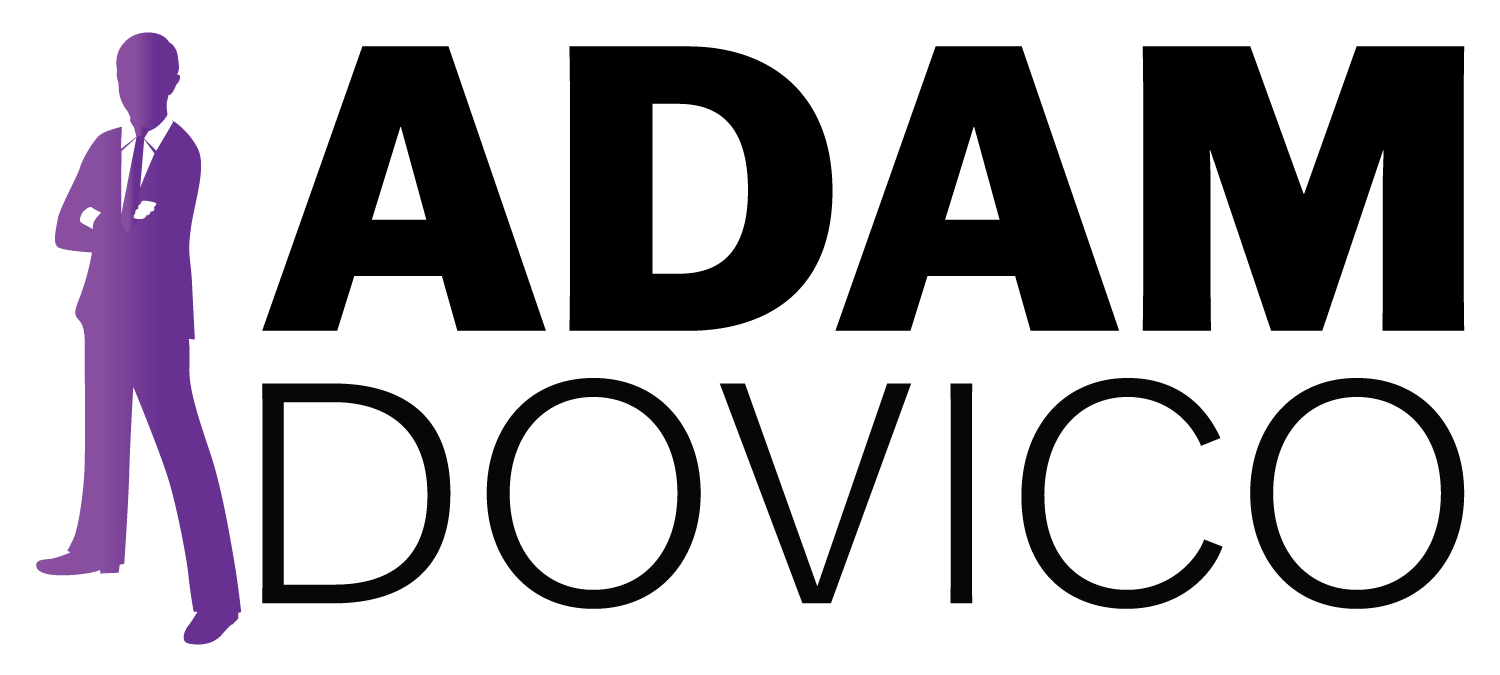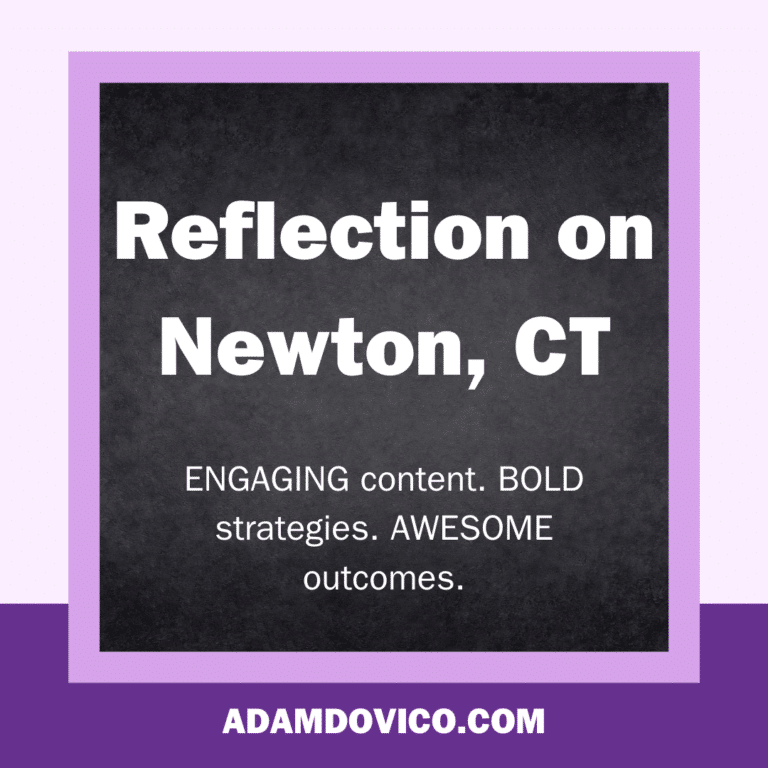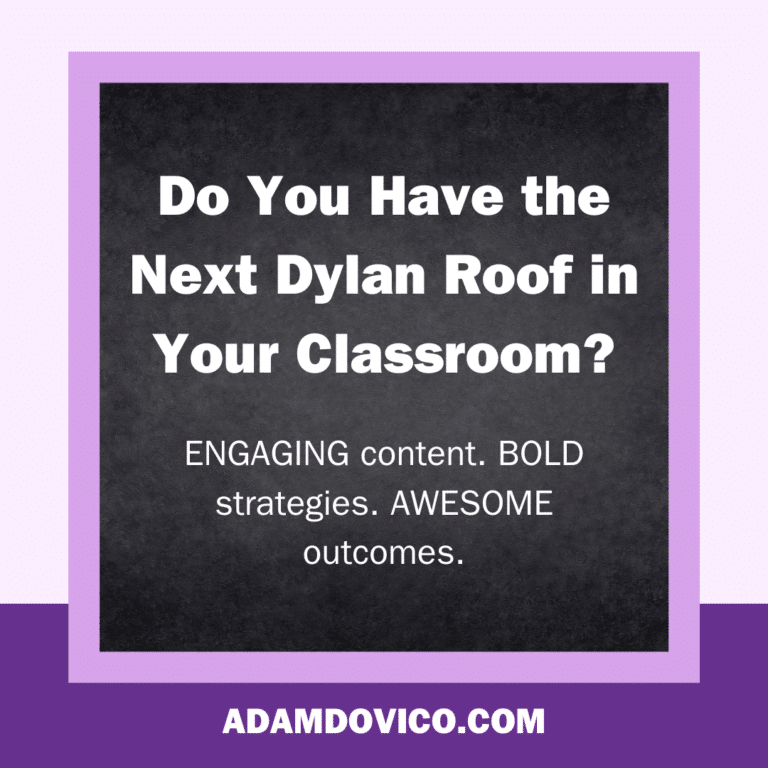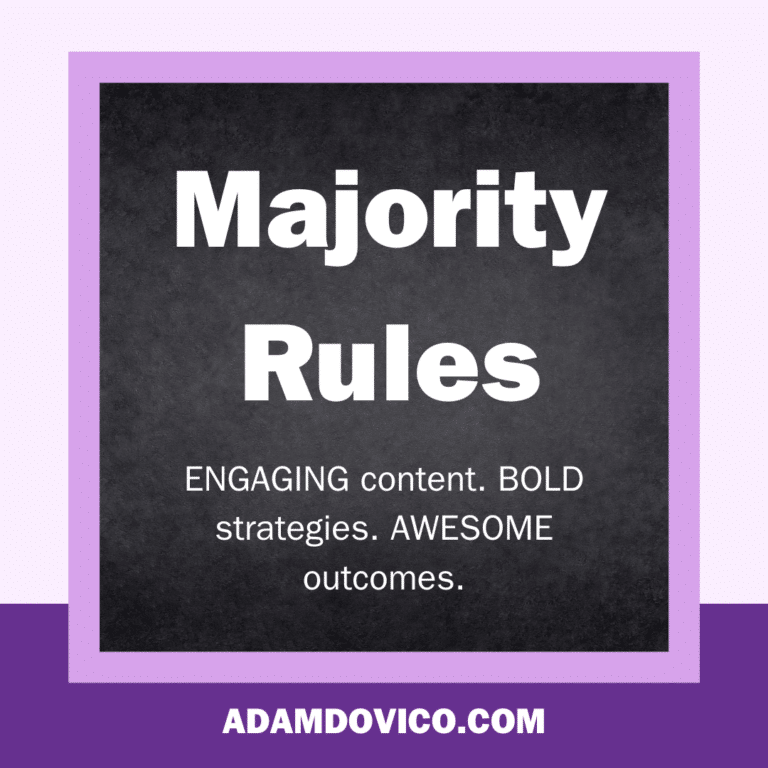The Conflict-Positive Workplace: 3 Ways to Change your Conflict Culture
I am just finishing up the 2024 summer conference series, and I am already thinking about 2025. In thinking about a new workshop, I was inspired by a conversation over the summer with an administrator who was in her first year as principal. She shared that besides teacher recruitment, conflict was her biggest challenge as an administrator. It was not that she was uncomfortable with conflict herself, but it was the conflict going on all around her that often kept her up at night. It got me thinking about my own leadership and what made for the most difficult times as a leader, and it was those tough conversations with teachers, parents, or supervisors. They are not the “fun” part of being a leader, but they’re absolutely necessary, and the quicker one becomes comfortable with them and creating a culture around conflict, the more productive and satisfied your building can be.
Why Does Conflict Occur?
Workplace conflict is inevitable. Values, beliefs, experiences, perspectives, ownership, power struggles, roles, communications, and emotions are just a handful of reasons why we experience conflict in the workplace (Yidana, 2022). When we view or experience something that goes against what we believe or desire to occur, there is an opportunity for conflict to surface.
What Happens When Conflict Occurs?
It depends. Depending on your personality, position, responsibilities, interest, or drive, you may choose to engage in conflict resolution. If you opt to engage in face-to-face conflict (since avoidance is also an option), you then have to decide how to approach that encounter. From dialogue to confrontation to compromise, society has appointed values to how we engage in conflict. For example, dialogue and compromise have been designated by many workplaces as desired and helpful, while confrontation is often deemed as a negative (though it does not have to be).
Creating a Conflict-Positive Workplace
Kay and Skarlicki (2020) discuss creating a conflict-positive workplace as an approach towards building a more inclusive and productive workplace culture. They point to increasing collaboration and reducing avoidance as the channel to accomplish this. These efforts must be done through mindfulness, which they describe as “self-regulated attention on present moment experience with an open, non-judgmental and accepting attitude.” So what does this actually look like in a school or school district setting? Here are three ways to build this type of conflict-positive culture in your building:
- Make it Explicit: On your opening staff meeting of the year, explicitly state that conflicts will be dealt with professionally and timely. Too often, frustrations between people are bottled up and carried with them. This results in awkward encounters, avoidance, and unproductive outputs. When leaders clearly explain that we will handle conflicts by having dialogue, it sets the stage for people to bravely encounter a colleague who they need to talk with.
- Model: In the same meeting, it is important for people to see what this looks like. Create scenarios (here are examples) and have groups role play them. Yes, it may feel a bit cheesy, but practice makes permanent, and people need to be put into these situations (even if for practice) in order to feel what it is like to have difficult conversations.
- Mediate: At the end of the day, some people will still not be completely comfortable addressing conflict, so as a leader you can provide your service as a mediator. As previously mentioned, bottling up frustrations or unresolved conflict does not benefit anyone. Plus, our goal in a conflict-positive environment is to reduce avoidance. If you believe that being a mediator to conflict will help some individuals engage in conversation and resolution, you can provide that service up front to your staff and offer it as a resource to those who need assistance.
Summary
Max Lucado wrote “Conflict is inevitable, combat is optional.” Conflict often has a negative connotation attached to it, and I understand why. Conflict is often synonymous with aggression or battle, but it certainly doesn’t need to be. Conflict can also be an opportunity to become better, smarter, more productive, less stressed, or bring change. Many of the best ideas come from conflict – people disagreeing on how to resolve an issue and ultimately bringing together the best parts of both viewpoints. I hope at a minimum you take an opportunity to reflect on your personal perception of conflict resolution and what it looks like in your school or district, and consider how you can make improvements for when it arises!








